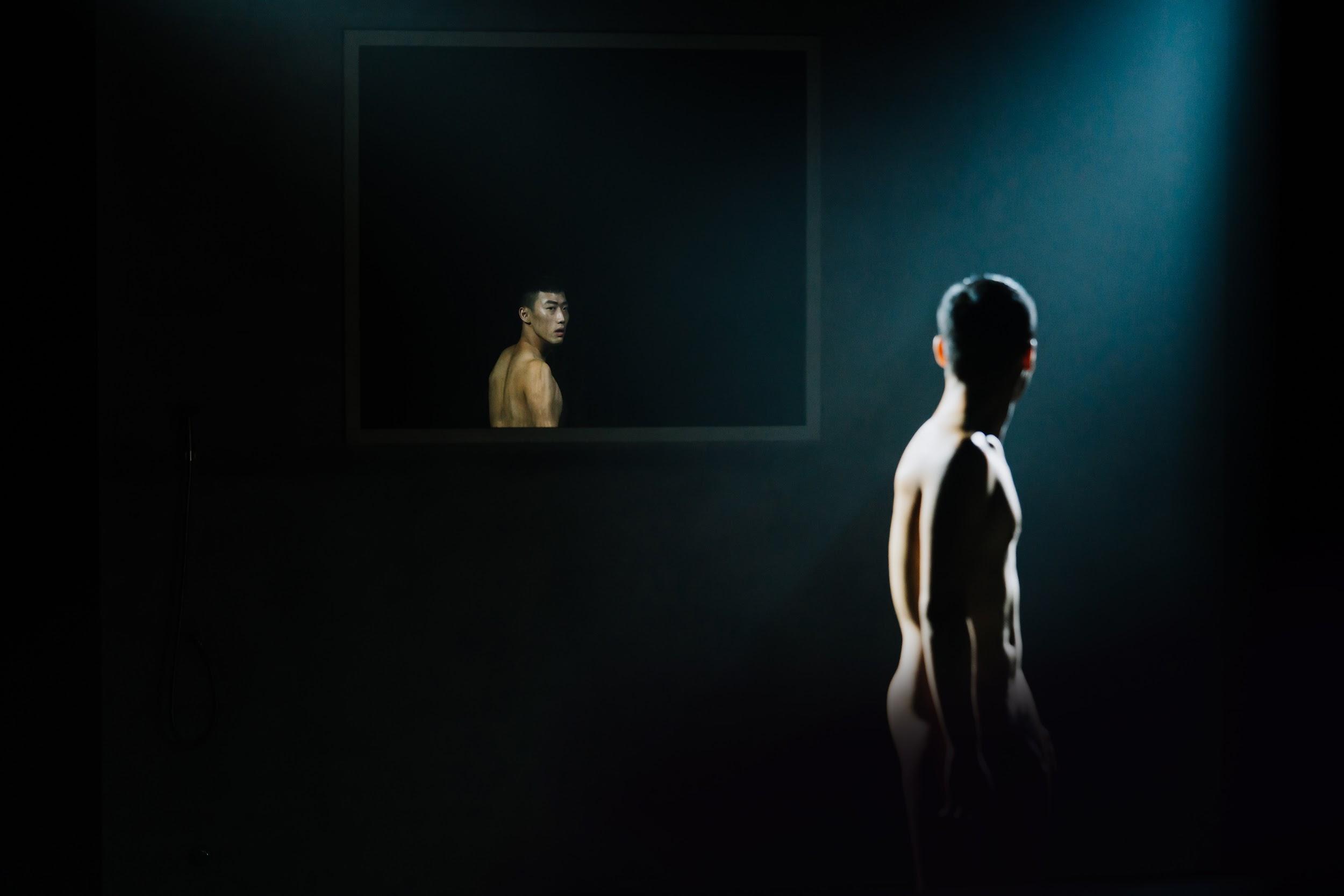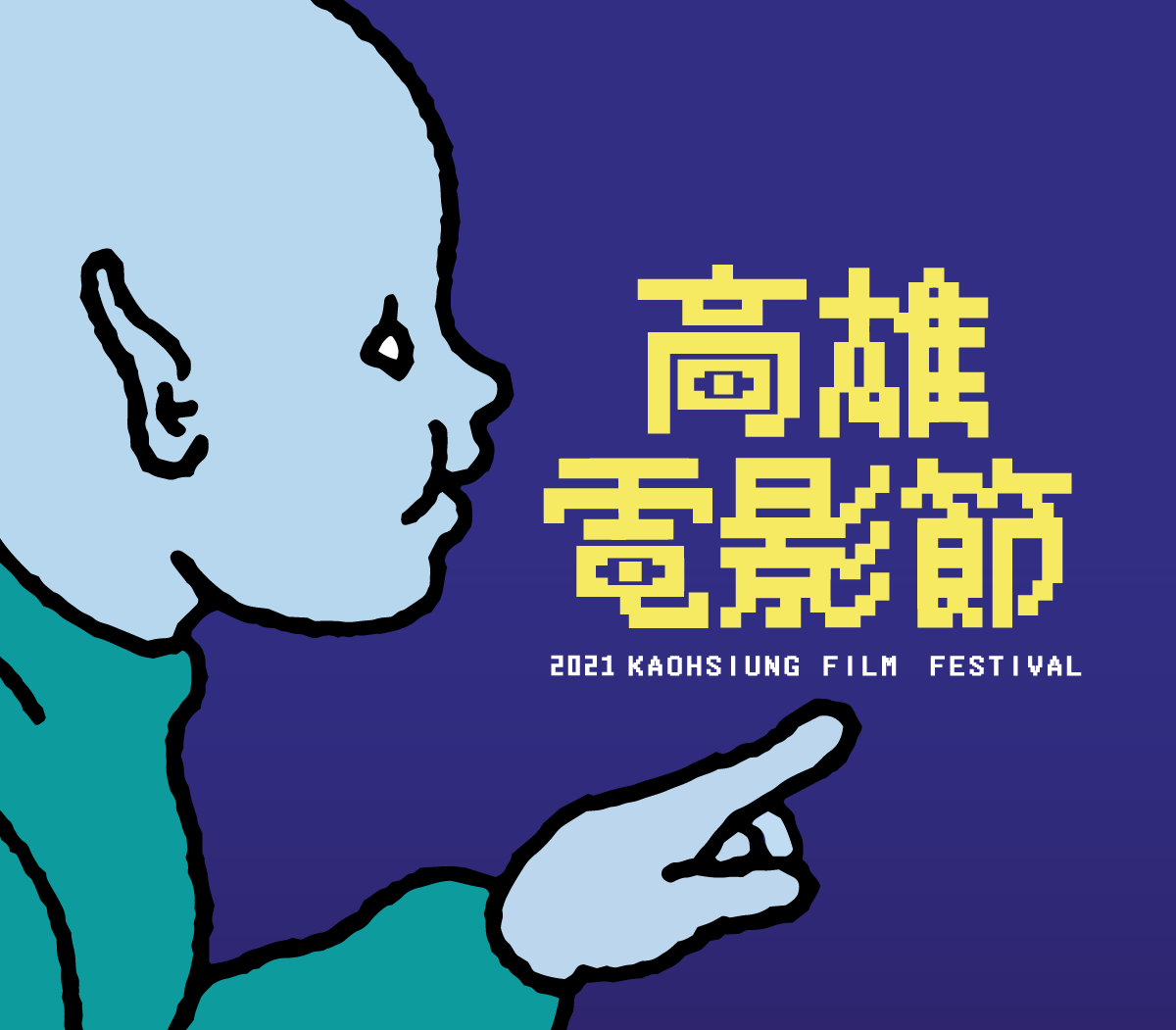by Wen Hsu
語言:
English
Photo Credit: Kaohsiung Film Festival/Facebook
THE KAOHSIUNG FILM FESTIVAL is known for its fantasy-oriented selections of films, but in the last few years, it has sought to spotlight VR films. Apart from that the festival initiated a competition for VR films, it funds and supports Taiwanese VR projects and productions. It also opened the very first VR theatre in Taiwan—the Kaohsiung VR FILM LAB—bringing the latest and various VR films to the local audiences all year round.
Starting from later this month, Kaohsiung Film Festival will be showcasing selected winning films from last year’s VR competition, including three animated works and one live-action title: This includes Marco & Polo Go Round by Benjamin Steiger Levine, Paper Birds by German Heller and Federico Carlini, and Replacements by Jonathan Hagard. The only live-action Taiwanese film is In the Mist by Chou Tung-Yen. These films will be shown from 24th January to 21st March at the VR FILM LAB.

Film still from Marco & Polo Go Round
Many VR films aim to demonstrate spectacular special effects and boast the wonder of advanced technology. Therefore genres such as sci-fi, adventure, horror, and fantasy are common for filmmakers to highlight spectacular visuals. Marco & Polo Go Round is unique and brilliant because this animated short is set in the most ordinary domestic place—the kitchen.
The film depicts the couple’s quarrel on a birthday. The boyfriend acts like a jerk despite his very thoughtful girlfriend baking a birthday cake for him. Everything around them started to lose gravity and fall apart while they argue.
Marco & Polo Go Round zeroes in on the tensions in interpersonal relationships in one domestic space, which may slightly remind cinephiles of “kitchen sink realism”, the British cultural movement in the 50s and 60s. One might also think of the scene in Eternal Sunshine of the Spotless Mind when Joe’s memory is being erased, as the house by the beach collapses and falls apart.
The director managed to find a way somehow to utilize the VR technique while keeping it very cinematic. Having said that, Marco & Polo Go Round still applies advanced techniques to enrich the visual. It features several innovative real-time approaches and technologies, including volumetric capture of actors, motion capture, as well as physics and fluid simulations.
The title of the film evidently refers to the famous explorer Marco Polo. While Marco Polo traveled and explored all around the world, this film takes place entirely in the space of the kitchen. It is the reification of the couple’s relationship and their sealed world. Marco & Polo Go Round proves that emotional, inner, and personal subjects can also be immersive and fun to watch.

Film still from Paper Birds
Paper Birds also shows innovative use of VR technology. The audience is invited to look thoroughly into a delicate dollhouse. The film follows the young Toto (narrated by Archie Yates) as he embarks on a magical journey to find his true inspiration. Toto, a short-sighted child with an excellent talent for music. When his sister is mysteriously taken by the great shadow in the world of darkness, he sets himself out to bring her back. This adventure leads Toto to turn to his grandfather (narrated by Edward Norton) for insight.
In some way, similar to Marco & Polo Go Round, Paper Birds does not provide the audiences with a macro, grand vision but fixes one’s eyes onto this micro but fascinating doll world. It is a 30 minutes long interactive story. This animated VR film offers a unique way of interactivity using hand tracking. Paper Birds is probably one of the longest VR works I have ever seen. However, it did not wear me out at all. Part of the reason might be because the headsets and the technology are even more advanced than before.
Paper Birds is very theatrical. There are transitions between every scene, and it is all fluently put together. The audience will have to move about to follow the characters, which means they are constantly changing their head position while watching it. The visual might appear like a handmade puppet animation but it’s actually 100% made in CG.

Film still from Replacements
The director of this Replacements, Jonathan Hagard, is half-Indonesian and half-French, now based in Kyoto, Japan. Replacements reflects his diverse background in its unique visual style. It traces the director’s roots back to Jakarta from the 1980s to the 2000s, representing the changes in urban landscapes as a time-lapse of 20 years.
In comments, the director has stated that the idea of the film was inspired by his grandmother’s memory of the city. The film consists of only a few shots, and it is very tender, calm, and slow-paced.
The audience will be able to look around in 360 degrees with the headset in front of the same house in the film. Seeing the city evolve from a rural village to a metropolitan state, and witnessing how religious and political beliefs mightily affect the cityscape; as if the city invites you to remember its beauty in every era and reminds you of the changes and turmoils it has been through. It says nothing but, in fact, it says everything in just 12 minutes.
Despite the film being all about the past of Jakarta, its nostalgia can resonate with any audience. Maybe we are too eager to see growth and progress in modern society and forget to be aware of the changes in our lives? Have we lost our roots and memories? The Japanese title of the film 諸行無常 (translated as “all phenomena are impermanent”) comes from Buddhism, explaining perfectly the core concept of this film.

Film still from In the Mist
Lastly, In the Mist is the only live-action and Taiwanese VR film among the competition winners from last year. The story sets in a gay male-only sauna. The VR film invites you to come in, see, and be seen simultaneously without any disguise. It was the most talked-about film from last year, and its boldness attracted many audiences to find out for themselves.
The director, Chou Tung-Yen, has years of experience in theater and applied several theatrical methods in this VR film, such as mise-en-scène. lighting and blocking etc. Understanding that it is tough to make a linear narrative film in the form of VR, he managed to strike a balance between staging and improvisation. He continues to explore the nuances of modern relationships with this new technology. In comments, he said he wanted to discuss a new form of love—love without love, the pure form of bodily touch, and pleasure and company without moral bondage.
In recent years, there have been discussions about VR porn applied in the sex industry. The boundaries between being artistic and erotic became blurred. Queer filmmakers such as Bruce Labruce and Matt Lambert all make films that are erotic but also shown in film festivals because of their artistic values. In the same way, In the Mist is bold, erotic, edgy and sheds light on how the filmmaker could explore taboos in VR but still remaining poetic, cinematic and true to the artist’s intention.



